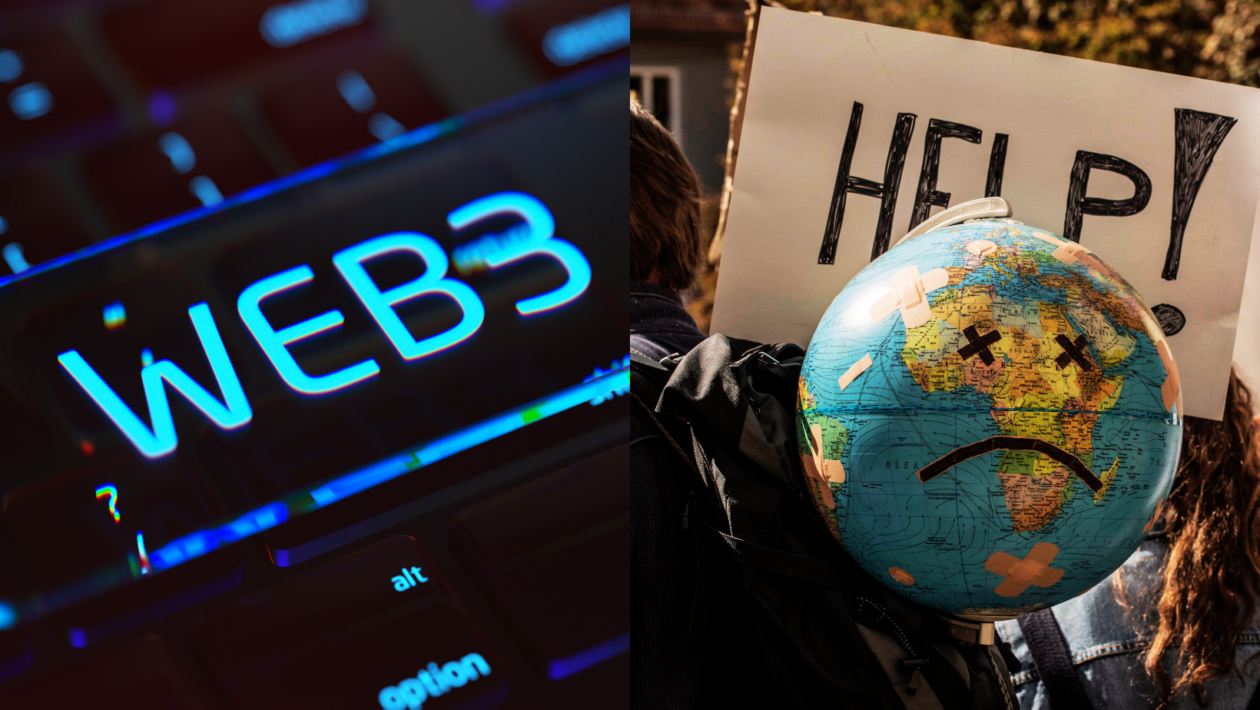As heatwaves and flooding dominate headlines, new estimates suggest that US$1 trillion in annual investment is needed to help developing countries fight climate change. Climate finance is supposed to help bridge this gap, but a reliance on governments and institutions has resulted in false promises and missed obligations. Other sources of capital are desperately needed if we’re going to stand any chance of meeting these funding requirements.
Enter retail investors.
We know that retail investors want access to sustainable investments. In Standard Chartered’s “Sustainable Banking Report 2022: Mobilising retail investor capital through sustainable investing,” the bank found that US$8.2 trillion of “investable retail wealth” is sitting on the sidelines waiting for the opportunity to be deployed for sustainable causes like the fight against climate change.
There are a few reasons why this number is so large, but the one I find most poignant is the lack of investment opportunities. Retail investors simply don’t have access to the type of investments — such as renewable energy, reforestation and preservation — where real impact can be made. Instead, they are presented with “sustainable” exchange-traded funds (ETFs) that give them exposure to companies striving toward net zero — a very indirect and carbon-focused way of taking action against climate change.
This is where Web3 can and needs to help. If implemented in tandem with clear regulations, Web3 solutions can provide the kind of direct bridge between retail investor capital and climate finance that will enable the potential deployment of trillions of dollars. Tokenized assets and decentralized autonomous organizations can act as investment vehicles, while access to the billion-dollar green bond sector can be democratized. And it can all be built on top of funding infrastructure like launchpads.
Tokenized climate assets
When I use the term “climate asset,” I mean any on- or off-chain asset that is related to climate action. Things like renewable energy credits, carbon credits, equity in climate projects and green bonds. The problem is that virtually all off-chain climate assets are inaccessible to retail investors. Getting these assets on-chain — whether bridging from off-chain or issuing natively on-chain — is the first step toward democratizing access, leveraging fractionalization, and creating new asset classes.
Once on-chain, these assets can be integrated into new and innovative solutions, particularly in decentralized finance. Climate index funds, carbon credit futures and climate-asset-backed stablecoins are just a few of the possibilities. Imagine being able to hold a stablecoin that earns interest based on revenue from on-chain carbon credit sales.
Special-purpose DAOs
One of the most positive things to come out of the summer of decentralized autonomous organizations (DAOs) was the idea that a group of individuals scattered around the world could coalesce energy and funding around a particular cause. The underlying governance mechanism enabled the funds to be managed responsibly and transparently, while advances in legislation meant that a DAO could have the same legal rights as a traditional off-chain entity. An added benefit of these DAOs is that they are a low-friction way to get new users onboarded to Web3.
We saw it with ConstitutionDAO and LinksDAO — and now we need to see it with climate projects. Imagine a situation where a large tract of land is under threat from exploitation. A special-purpose DAO could be formed to raise the funds necessary to preserve the land. Taking it a step further, avoidance carbon credits could be issued and tokenized. Then, with the sale of these credits, the DAO can distribute dividends to its investors or reinvest back into projects.
Micro green bonds
Green bonds are designed to secure financing for projects making a positive environmental impact. Like other forms of private debt, they have traditionally been the domain of large institutional investors. This fact alone means that access to capital is limited. For small projects in particular, raising institutional capital is near impossible.
Web3 solutions can enable green bonds at a micro level. For small projects, this means lowering the barriers to financing. For retail investors, the fractionalization of large bonds into smaller lot sizes means access to a new class of sustainable investments.
An example could be something like a community-based renewable energy project looking to raise debt in order to finance the production of clean energy and realize credits. The project could issue a micro green bond, fractionalize and sell it to investors, issue, verify and sell the resulting credits on-chain, and then make scheduled repayments using the revenue generated.
Funding infrastructure
A key benefit of an influx of retail capital is that it can spur a new generation of grassroots projects making local impact. We know Web3 launchpads and launch pools have been successful in helping gaming, DeFi, artificial intelligence and metaverse projects raise funds from retail investors. Successful launchpads have a team of experts vetting projects so investors get exposure to sound projects. The same infrastructure can be set up to fund climate projects, and we can bring climate experts on board to evaluate impact, which means the right projects will get funded.
Consider an example of a project connecting retail investors with reforestation projects. A Web3 launchpad is the perfect starting point. On one side, retail investors can invest in the project to get it off the ground in exchange for project equity. The ticket size can be kept small so that the opportunity is available to everyone that wants to participate. On the other side, the same investors can invest in reforestation through the project and receive carbon credit revenue on-chain. This process can work at scale, meaning a game-changing injection of capital into the regeneration of degraded lands and improvement of local communities.
All in all, we need to start directing our energy toward the problems that Web3 can solve. Bridging the gap between climate finance and retail investors is one of them. Web3 needs to be the connective tissue that binds projects, investors and climate assets together in a regulated and transparent way. Governments, companies, entrepreneurs and communities need to start acting on this potential so that we can give everything we have in the fight against climate change.





